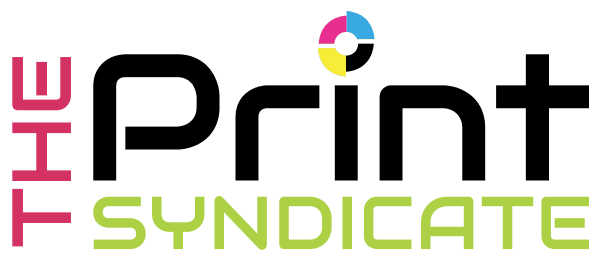The print industry, once considered a stalwart in communication and marketing, has experienced seismic shifts in recent years due to the advent of digital technology and changing consumer preferences. As the world becomes increasingly digitalised, print businesses have had to adapt swiftly to stay relevant in the market. This adaptation involves embracing new technologies, diversifying service offerings, and redefining business models. In this article, we explore how print businesses are navigating the challenges posed by market changes and positioning themselves for sustained success.
Embracing Digital Technologies:
One of the most significant transformations within the print industry is the integration of digital technologies. As consumers shift towards online platforms for information and communication, print businesses have recognised the need to align their services with the digital landscape. Traditional printing presses have given way to advanced digital printing technologies, enabling businesses to produce high-quality and personalised print materials with greater efficiency.
Variable data printing, for instance, allows for the customisation of printed materials, catering to the individual preferences of consumers. This personalisation not only enhances the customer experience but also increases the effectiveness of print marketing campaigns. Additionally, the adoption of web-to-print solutions has streamlined the ordering process, allowing clients to submit print orders online, reducing turnaround times and increasing overall convenience.
Diversification of Service Offerings:
To stay competitive in a rapidly evolving market, print businesses are diversifying their service offerings beyond traditional printing. Many companies have expanded into areas such as graphic design, branding consultancy, and integrated marketing services. By becoming one-stop-shops for clients’ visual communication needs, they can create additional value and foster long-term partnerships.
Cross-media marketing is another strategy gaining traction within the industry. Print businesses are integrating print materials with digital channels, such as social media and email marketing, to create cohesive and multi-channel campaigns. This approach leverages the strengths of both print and digital mediums, maximising the impact of marketing efforts.
Sustainable Practices:
Market changes are not only driven by technological advancements but also by evolving consumer values. Sustainability has become a key concern for modern consumers, and print businesses are adapting by incorporating environmentally friendly practices into their operations. Many print companies now offer eco-friendly printing options, using recycled materials, environmentally friendly inks, and energy-efficient printing processes.
Beyond the materials used, sustainability is also being addressed through waste reduction and responsible sourcing. Print businesses are actively exploring ways to minimise waste, implement recycling programmes, and source materials from suppliers with strong environmental credentials. By aligning with the growing demand for sustainable practices, print businesses not only contribute to a healthier planet but also appeal to eco-conscious consumers.
Investment in Automation:
Automation is reshaping the print industry, streamlining production processes and increasing operational efficiency. Print businesses are investing in automated workflows, from order processing to printing and finishing. This not only reduces labour costs but also minimises errors and accelerates project timelines. Automated systems allow for quicker response times to client requests and enable print businesses to handle larger volumes of orders with ease.
Moreover, automation extends beyond the production floor to include customer relationship management (CRM) systems and data analytics. By harnessing the power of data, print businesses can gain valuable insights into customer behaviour, preferences, and market trends. This information becomes instrumental in tailoring services to meet the evolving needs of clients, ensuring a competitive edge in the dynamic market landscape.
In conclusion, print businesses are not only surviving but thriving in the face of market changes by embracing digital technologies, diversifying service offerings, adopting sustainable practices, and investing in automation. The ability to adapt and evolve has become the hallmark of successful print businesses, as they navigate the complex interplay of technology, consumer preferences, and environmental consciousness. The future of the print industry lies in the hands of those who can seamlessly integrate the traditional with the modern, offering innovative solutions that meet the ever-changing demands of a dynamic market.




